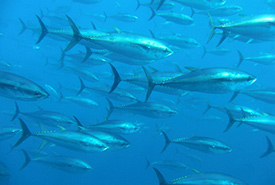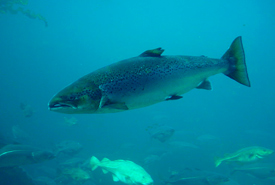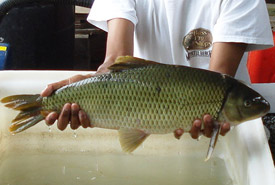Fishes
-
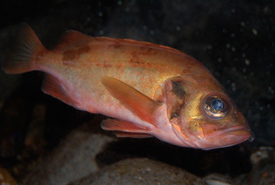
Acadian redfish
Also known as Atlantic redfish, Acadian redfish are named for their bright, red-to-orange-coloured scales.
-
Atlantic salmon
Adult salmon are excellent jumpers. In fact, that is how they got their name. In Latin, salmon means “the leaper,” as they have the ability to jump up to 3 1/2 metres out of the water.
-
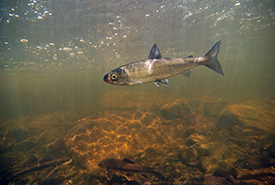
Atlantic whitefish
In the cold waters of Nova Scotia’s Petite Rivière watershed swims a fish so elusive that, without action, it might never be seen again.
-
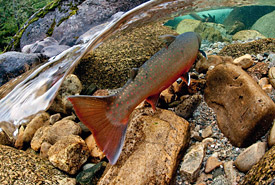
Bull trout
Part of the fish family that includes salmon and Arctic char, the bull trout received its name because of its large, wide head and pronounced upper jaw, similar to that of a bull. Its long, slim body is olive-green to blue-grey, with pale round spots on its back and sides.
-
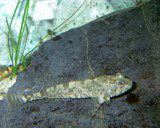
Cultus pygmy sculpin
The Cultus pygmy sculpin is one of the smallest species in the sculpin family. Described by scientists as a dwarf form of the coastrange sculpin, it only grows up to around 50 millimetres long in its adult stage.
-
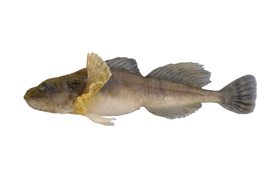
Deepwater sculpin
The deepwater sculpin is found almost exclusively in Canada, with the exception of the American regions of the Great Lakes. The species' diet consists of zooplankton and sometimes leeches, fish eggs and sphaeriid clams.
-
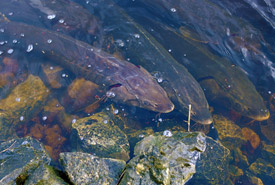
Lake sturgeon
What native Ontario species has rough, plated skin and has survived for more than 200 million years? At first guess, you might be thinking of a type of dinosaur, but in that case, you’d be wrong. Lake sturgeon, nature’s own living fossil, is the answer.
-
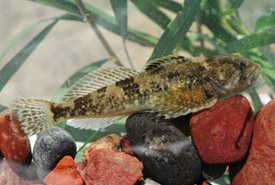
Rocky Mountain sculpin
Many factors contribute to the livelihood of this species, including the protection of its habitat. The Rocky Mountain sculpin doesn’t appear to migrate and therefore has low adaptability to live in habitats other than its own.
-
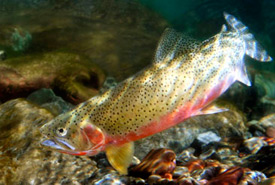
Westslope cutthroat trout
Westslope cutthroat trout is one of two cutthroat trout sub-species that occur naturally in Canada. It is often used as an indicator of ecosystem health due to its specific habitat needs.


